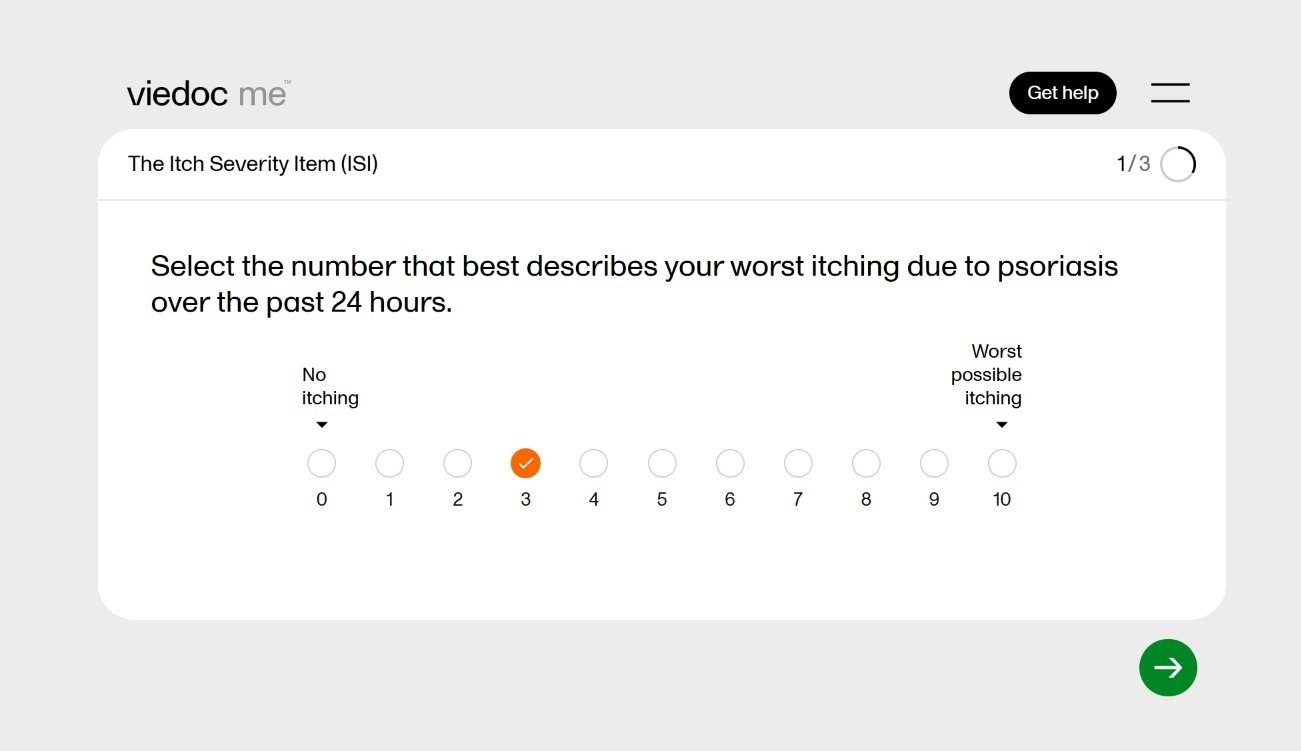Technology has already reshaped how digital clinical trials are designed and delivered—but tools alone won’t drive transformation. To truly empower patients, we need to evolve how those tools are used. That means refining the digital experience, reducing friction, and designing systems that meet patients where they are.
This article is the second in our series on reimagining clinical trials through the lens of patient empowerment. Read the first article to explore how the industry has laid a solid foundation.
The path forward lies in enabling patients to engage on their own terms—by tailoring platforms to their lives, not the other way around. The most impactful changes aren’t always sweeping innovations—they’re often the practical improvements that make trials more human, more responsive, and more personal.
Because when patients lead, progress follows.
Gamification: Turning participation into motivation
Gamification isn’t just a trend—it’s a proven strategy to encourage engagement. By integrating goal-oriented design elements into clinical trials, we can foster motivation, improve participant retention, and make the trial experience more rewarding.
- Progress tracking aligned with trial milestones helps patients see their contributions in context.
- Reward systems like digital badges or points create a sense of accomplishment.
- Peer benchmarks (shared anonymously) can encourage healthy motivation without adding pressure.
These subtle design enhancements can transform patient involvement from task-driven to purpose-driven, boosting both satisfaction and retention.
Personalization: Fitting trials into everyday life
Personalization is key to patient-centered design. Patient-centric clinical trial design that adapts to individual routines is far more likely to sustain engagement over time.
- Custom reminder settings let patients choose how and when they’re notified—via text, push, or email.
- Flexible scheduling tools give participants a clear view of what’s next, updated dynamically based on progress.
- Interface preferences empower users to select layouts, languages, and modes of interaction that suit them best.
When patients have control over how they engage, trials feel less like an obligation—and more like a collaboration.
Feedback loops: Building two-way communication
A patient-centered study doesn’t just collect data—it listens. Integrating feedback mechanisms throughout the trial journey, supported by a tool such as an ePRO system, allows researchers to adapt in real time while making patients feel heard.
- Milestone-based surveys gather feedback at key points, when context is fresh.
- Open comment fields let participants share more nuanced experiences than multiple-choice responses can capture.
- Aggregated feedback insights can inform mid-trial adjustments that improve engagement and study quality.
By building a culture of responsiveness, we ensure patients feel like valued partners—not passive participants.
Smarter analytics for proactive engagement
Data doesn’t just measure outcomes—it can improve them. Enhanced reporting tools, a core part of today’s eClinical solutions, help study teams spot trends and act before issues arise.
- Real-time dashboards highlight at-risk participants based on activity and adherence.
- Engagement scores and compliance metrics allow for tailored follow-up and support.
- Retention insights help study managers understand what keeps patients engaged—and replicate success across trials.
These analytics tools enable more informed, human-centered study management that adapts to patient needs, not just protocol.
Seamless, secure access: Patient authentication
An often overlooked but crucial element of patient empowerment in clinical trials is the authentication process. Traditional login systems relying on usernames and passwords can frustrate patients and create barriers if credentials are forgotten, leading to unnecessary drop-offs.
A more patient-friendly approach is to offer social login options using familiar platforms like Google, Facebook, or LinkedIn. This allows patients to access trial portals quickly and intuitively by leveraging credentials they already use daily, reducing friction and aligning with modern digital habits.
For added security, integrating electronic ID verification systems—such as government-backed digital ID services—can help confirm the patient’s identity while eliminating the need to remember complex passwords.
By providing patients with flexible authentication choices, balancing ease of use through social logins and enhanced security via electronic IDs, clinical trial platforms can create a seamless, secure access experience that fosters trust and encourages continued engagement.
Empowering through design, not just technology
The tools to support empowered patients already exist. The challenge now is ensuring they’re used in ways that are flexible, personal, and inclusive. Whether through smart reminders, real-time feedback loops, or intuitive authentication, every interaction is a chance to strengthen the patient’s role.
We don’t need to overhaul the system—we need to fine-tune it, always with the patient at the center.
Coming next: The future of patient empowerment
In the third edition of this series, we’ll explore what’s next—how emerging technologies can take patient-centered research even further. From patient-owned data and AI-driven support systems to passive monitoring via wearables and greater data transparency through blockchain, the future of clinical trials is intelligent, automated, and fully patient-led. Stay tuned.



